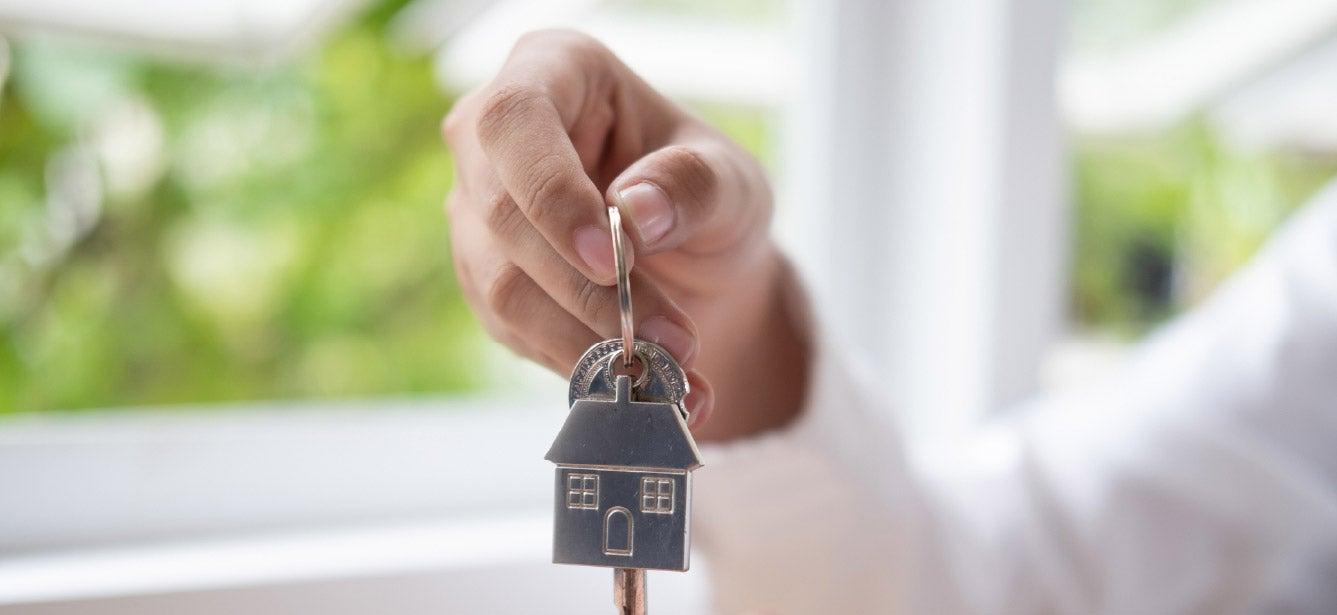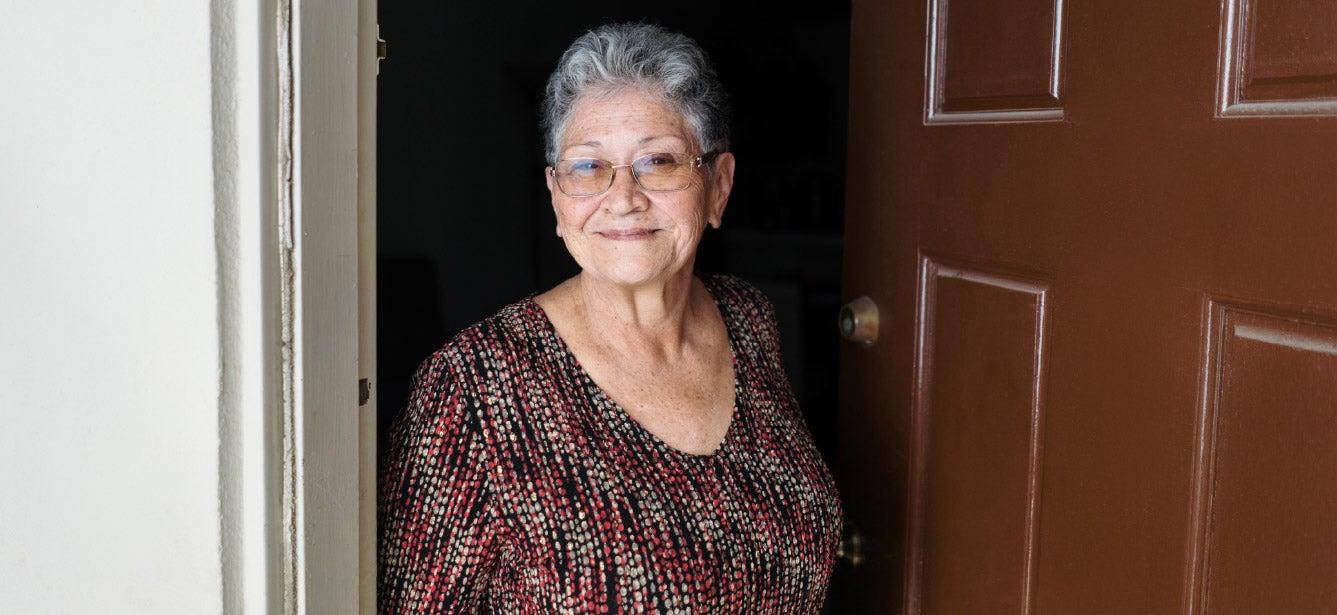A Guide to Section 202 Supportive Housing for Older Adults
5 min read

Many older adults today want to "age in place” by staying in their own homes and communities as they grow older.
But when you’re facing high housing costs and inflation on a fixed income, it’s not so easy to achieve that goal. More than 17 million adults age 65+ are economically insecure, with incomes below 200% of the federal poverty level ($29,160 for a single person in 2023). Even those who live above the poverty line may struggle to cover their expenses from month to month.
On top of that, rents and home prices soared across the U.S. in 2021. And although prices are cooling off, they remain high. Older renters and those who still have mortgages are finding that their housing costs eat up an increasingly large share of their household budget. When this happens, they must often cut their spending on other essentials. One study showed that the most cost-burdened older households spent 53% less on food and 70% less on health care than those living in affordable homes.1
That’s why, as the population ages, there’s a growing demand for low-cost housing options for older adults. Section 202 housing, also known as the Section 202 Supportive Housing for the Elderly Program, is one option that helps more older Americans age at home.
What is Section 202 Affordable Senior Housing?
The Section 202 Supportive Housing for the Elderly Program is a federal housing program designed to provide safe, comfortable, and affordable housing options for low-income older adults. This program is administered by the U.S. Department of Housing and Urban Development (HUD).
“The main goal of Section 202 is to promote independent living and enhance quality of life for older adults with limited financial resources,” said Shaneece Gaines, Program Manager of Economic & Financial Security at NCOA. “It does this, in part, by making sure their housing costs are manageable relative to their household income.
When older adults can afford their rent, they can spend a bigger portion of their budget on basic needs like groceries, medications, and doctor’s visits,” Gaines said.
The Section 202 senior housing program was created under the Housing Act of 1959. Early on, the program helped expand the supply of affordable, high-quality housing units for seniors by providing funding to nonprofit organizations that built these structures. Today, the program offers rental assistance for existing Section 202 properties across the country. Residents living in these developments are charged a fixed 30% of their adjusted income for rent. The remaining costs are paid for by the government.
What are some features of Section 202 housing?
Beyond rental assistance, Section 202 housing provides amenities and support services that help ensure the health, safety, and social well-being of its older residents. These vary across properties, and may include:
- Adaptability features: Section 202 housing for the elderly is built to be secure and accessible for older residents of varying abilities. These properties may include features like ramps, grab bars, wider doorways, and non-slip surfaces that help reduce the risk of falls and injuries.
- Social engagement: Affordable housing communities for older adults are designed to reduce social isolation and create opportunities for social interaction. They often provide common spaces, congregate dining, and recreational activities that bring residents together.
- Transportation services: Many Section 202 housing developments provide transportation services to help residents get to and from doctor’s appointments, the grocery store, and other destinations.
- Housecleaning services: Since physical limitations can make household chores challenging for older people, cleaning services may be available at some Section 202 properties.
- Health and wellness programs: Some low-income communities for older adults offer meal programs, on-site fitness centers, connections to community resources, and other services to promote healthy aging.
Section 202 housing developments tend to be centrally located and close to health care facilities, public transportation, shopping centers, parks, and social services. Having convenient access to these resources can empower older people to maintain an active and self-sufficient lifestyle.
“Section 202 housing offers a supportive residential living environment to people who otherwise would not be able to afford it,” Gaines said. “This program plays an important role in helping older adults age with dignity and remain independent for as long as possible.”
What are the requirements for Section 202 Supportive Housing?
Anyone who meets the eligibility requirements can apply for Section 202 assistance. To qualify to live in a Section 202 property:
- At least one member of your household must be age 62 or older.
- Your household must earn less than 50% of the area median income (AMI) where the property is located. Check Section 202 income limits here.
With the Section 202 housing program, priority is given to those who demonstrate the greatest need. You must show you have trouble affording standard housing and require supportive services to be able to age in place.
Even if you meet basic requirements, other factors can affect your eligibility for low-income housing, including previous eviction from a HUD property or a record of prior criminal activity.
How can I find senior apartments near me?
You can learn about available Section 202 properties in your area by:
- Reaching out to your local housing authority: Visit this HUD resource and select your state to see a list of public housing agencies.
- Contacting your local area agency on aging (AAA): Find your nearest AAA by visiting the Eldercare Locator.
- Searching online: Try typing phrases like “senior apartments near me” or "HUD apartments for seniors based on income" into the Google search bar to see what comes up.
How to apply for Section 202 housing
HUD does not manage the rental of affordable housing for older adults. To apply for Section 202 housing, you must contact the owner or manager of that property directly. Qualifying for a unit in a Section 202 property is a multi-step process, and it can be lengthy. Application processes differ across developments, but in general, every member of your household will be asked to provide documentation verifying their identity, income, and other personal details. An in-person interview may also be required.
Since the demand is high for affordable housing, many Section 202 properties have a waiting list. That's why, if you find one or more communities you're interested in, it's important to contact the property manager as soon as possible to find out the next steps.
See if you qualify for subsidized senior housing—and more
With BenefitsCheckUp®, you can learn more about Section 202 housing as well as other money-saving benefits programs. These programs can help you pay for medications, food, health care, and other living expenses. You can also get great discounts on recreational activities, transportation, and even college courses. Visit NCOA's BenefitsCheckUp.org and enter your ZIP code to get started.
Sources
1. Joint Center for Housing Studies of Harvard University. Housing America's Older Adults. 2018. Found on the internet at https://www.jchs.harvard.edu/sites/default/files/Harvard_JCHS_Housing_Americas_Older_Adults_2018_1.pdf




